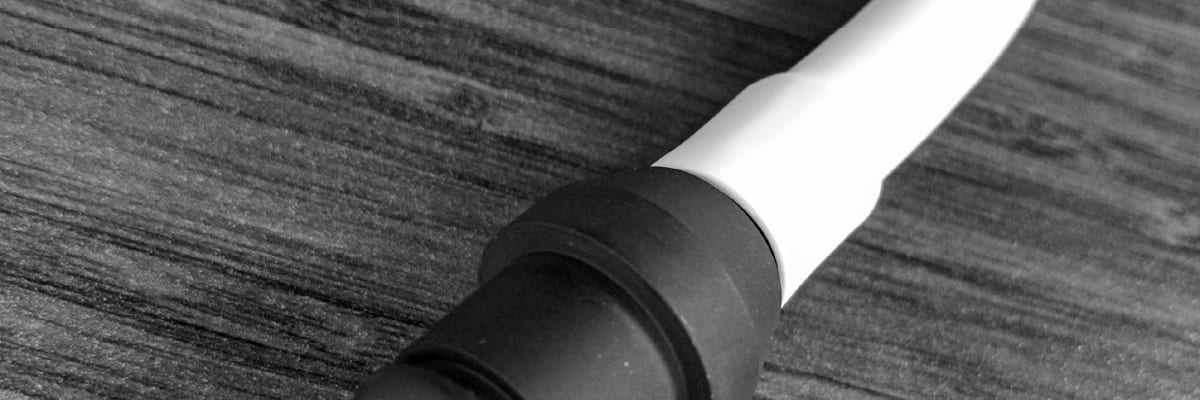How do I design a med device that can be meticulously disinfected?

Share:
The key component to protect your med device from infectious agents.
Hospitals have emphasized immaculate and clean surfaces since the discovery of germ theory. It’s important not only for patient health but for the safety of every single person who works at the hospital. That’s why it’s critical for medical device developers to create devices and equipment that ensure a safe and clean environment for everyone.
This is easier said than done. Of course, patients don’t want infections. Healthcare workers don’t want infections. The problem is that some terrible bacteria (like MRSA) can live on surfaces for weeks. Others can live on inanimate surfaces for 5 months! That’s crazy. The COVID-19 pandemic has reemphasized the need to disinfect surfaces in hospital settings.
This is why this should be a major consideration to not only ensure that all med devices are easy to clean, but that even ancillary pieces, like mounting devices and flex arms, are resistant to bacteria.
We’ve had some questions about using disinfectable vinyl in product design, so we thought we’d take this space to explain why we like vinyl so much as an option during product design, especially with a flex arm.
Is vinyl a necessary component of a med device?
The short answer is no. The longer answer is a little more complicated: vinyl can be the best option during product design to ensure that your med device adheres to best practices to disinfect its surfaces and attachments. It also holds up better aesthetically, which can’t be undervalued in a place like a hospital — where things are expected to LOOK clean as well as actually BE clean.

Black spots on disinfected med devices is simply a bad look.
Yes, it’s true that metal equipment can work for a disinfected med device, but the fact is that metallic surfaces often develop black spots when they’re disinfected. That’s a bad look when you’re trying to assure patients that your hospital is clean. Now before you say that aesthetics aren’t important, think about this: Hospitals are supposed to look clean, the fact that your device looks tarnished or old doesn’t really instill faith in patients OR the healthcare workers that use them every day.

Vinyl cleans easier than metal thanks to its unique qualities.
Vinyl is a smooth, non-porous surface with no grooves, no corners, and no cracks. That means it’s just easier to clean completely. Other materials may have areas that get missed on a wipedown. This is so true that the CDC included it in its guidelines for environmental control in health care facilities. Vinyl also is great because it’s durable, water-resistant, and naturally resistant to bacterial growth. That last one is a biggie. Why? Because it can passively help prevent infection, which is especially important on the flex arm of your product.
Does vinyl actually prevent infection?
In some cases, yes, vinyl may prevent the spread of infectious bacteria. There are studies that show that VRE levels decrease after 24 hours on vinyl and can be non-existent after 72 hours. Those unique properties make vinyl ideal for use in medical environments. It’s also great for devices that may need to be covered with single-use plastic, thanks to the fact that it is a smooth, continuous surface. So how do we implement vinyl, especially in devices that utilize flex arms or metal mounting devices? Glad you asked.

How we implement disinfectable vinyl into our med device product design.
When we’re working with an engineer on med device design, we often encourage them to use flex arms that are covered in vinyl. It’s relatively straightforward to do and allows the arms to be easily disinfected. In general, it’s a way to hide the insides of multi-jointed arms which may have cumbersome joints with hard-to-reach surfaces that prohibit cleaning.
Want to know more or get technical? Contact a design expert who would love to walk you through the process in detail — or show you our device development page for more information on how to get started.
